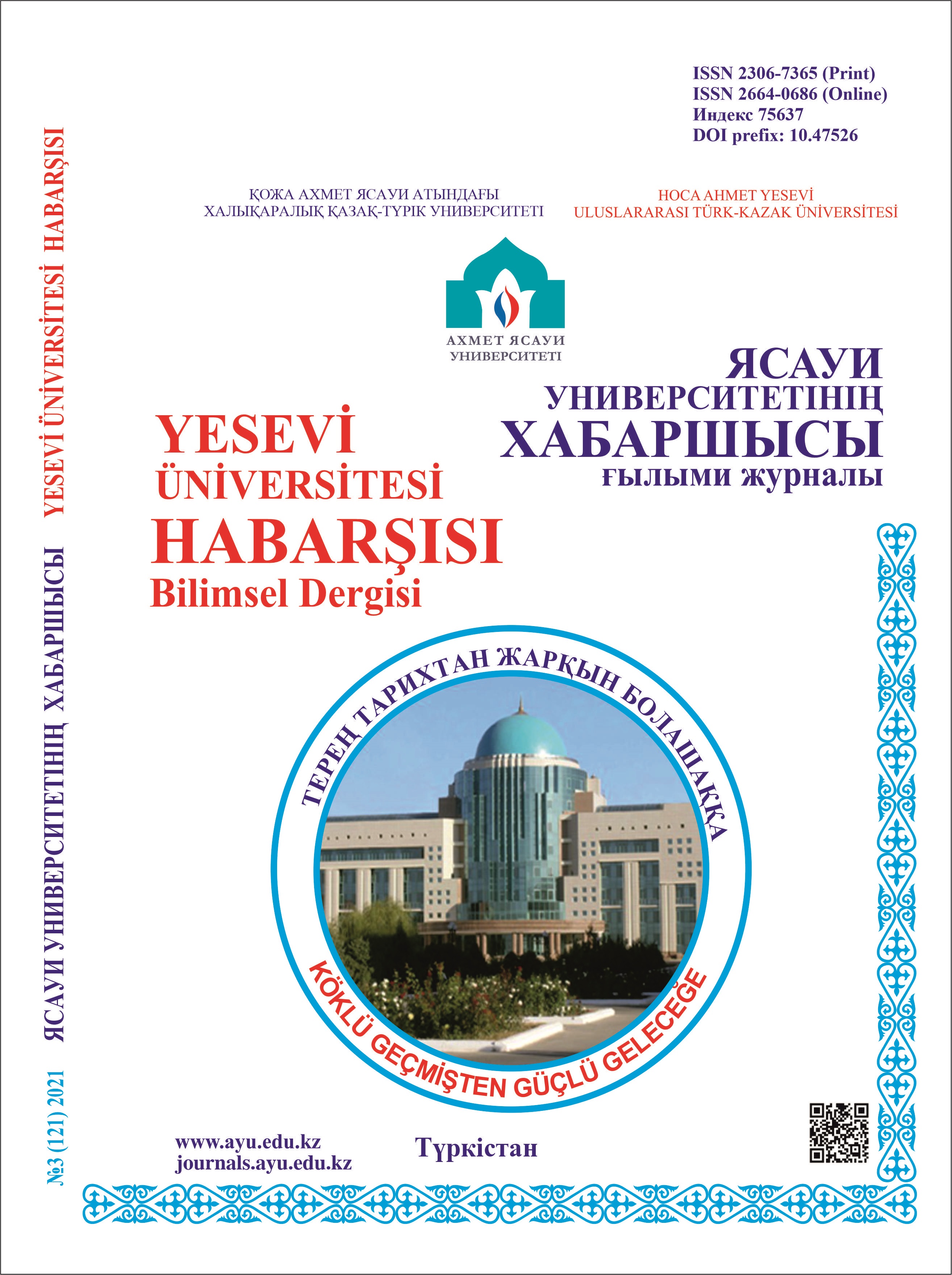The Role of Image and Sign in a Artwork
134 502
Keywords:
image, sign, semiotics, symbolism, artist's fantasy, index, onomapoeticsAbstract
The article deals with the problem of image and sign in a work of art. If the image is one of the examples of philosophical and psychological perception of objects and phenomena of real life through consciousness and feelings, then figurative thinking is the main feature of a work of art. That means, an image is a phenomenon of consciousness; in the theory of art, it is interpreted as an image of reality perceived by the senses. In a literary work, an artistic image is an aesthetic concept, characteristic only for art, of comprehending life's realities and reproducing them. As the art of the word, literature appeals to imagery and image. Such theoretical studies of the image form is taken as the basis of the article. Also considered are the objective-cognitive characteristics of the image, the ways of its definition, conclusions about the application of the concept of “image”. It is known that any phenomenon with the help of the author's imagination in a work of art can turn into an image. Despite the fact that the image originates in real life, in literature, according to the rules of art, it moves away from reality and moves into a new space. The image in a work of art has a leading meaning, and the sign, to a certain extent, participates in the creation of this image. Signs occupy a special place in the history of mankind. Many works are devoted to the study of systems of signs underlying works of art, the sign-semiotic function of literature. The signs that generate the image are symbolic in nature. In the course of the study, it is proved that the talent and imagination of the artist play an important role in creating images, providing a variety of signs in the artistic space, and appropriate conclusions are made.
References
REFERENCES
Potebnia A.A. Mysl i iazyk [Thought and language]. – M.: Labirint. 1999. – 300 s. [in Russian] 2. Nurgali R. Soz onerinin estetikasy [Aesthetics of speech art]. – Astana: Elorda, 2003. – 388 b. [in Kazakh]
Jumabaev M. Shygarmalary [Works]. 1 tom. – Almaty: Jazushy, 2013. – 376 p.
Yesenin S. Okіnbeymin, Shaqyrmaymyn, Jylaman... (qazaq tіline audargan: I. Saparbay) [I Don't Regret It, I Don't Call, I Don't Cry...]. – Almaty: Han tanirі baspasy, 2015. – 324 b. [in Kazakh]
Genrih Geine: «Tun augansha omіr syila tek magan». [Give me a life at night] [Electronic resource]. URL: https://massaget.kz/layfstayl/debiet/audarma/46607/ (qaralgan kunі 27.07.2022)
Morris Ch.U. Osnovania teorii znakov [Foundations of the theory of signs]. V kn.: Semiotika: Antologia / Sost. Iu.S. Stepanov. – M.: Akademicheski Proekt; – Ekaterinburg: Delovaia kniga, 2001. Izd. 2-e, ispr. i dop. – 702 s. [in Russian] 7. Borev Iu. Estetika [Aesthetics]. – Almaty: «Ulttyq audarma biurosy» qogamdyq qory, 2020. – 408 b. [in Kazakh] 8. Pirs Ch.S. Elementy logiki [Elements of logic]. V kn.: Semiotika: Antologia / Sost. Iu.S. Stepanov. Izd. 2-e, ispr. i dop. – M.: Akademicheski Proekt; Ekaterinburg: Delovaia kniga, 2001. – 702 s. [in Russian]
Onomapoetika [Onomapoetics]. [Electronic resource]. URL: https://dic. academic.ru/dic.nsf/dic_fwords/24508 (qaralgan kunі 27.07.2022)
Sartr J.P. Chto takoe literatura? Slova [What is literature? The words]. – Minsk: Popuri, 2020. – 448 s. [in Russian]
Tolstoi L.N. O Shekspire i o drame [About Shakespeare and Drama]. Sobranie sochineni v 22 t-h. T. 15. – M.: Hudojestvennaia literatura, 1983.– S. 258–314. [in Russian] 12. Lotman Iu. Semiosfera [Semiosphere]. – Almaty: «Ulttyq audarma biurosy» qogamdyq qory, 2019. – 640 b. [in Kazakh] 13. Halizev V.E. Teoria literatury [Literary theory]. – M.: Izdatelski centr «Akademia», 2013. – 432 s. [in Russian]

